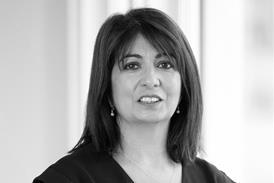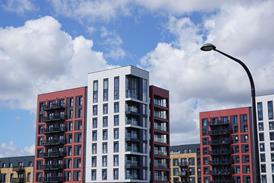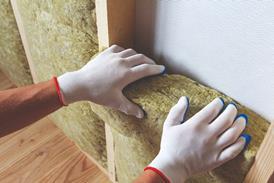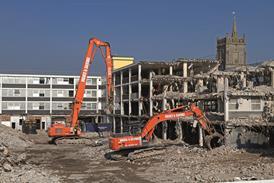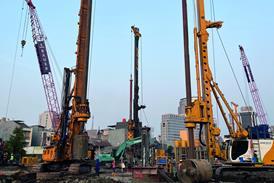With security of supply and sufficient load such pointed priorities, the consulting engineer opted for "tried and tested answers." There was to be no re-inventing the wheel at the Dome, instead established technology and high levels of redundancy ruled the day.
Buro Happold's work actually picked up from original supplies organised and installed by London Electricity. Even before the Dome had been proposed, the utility company had allocated feeds from a north London substation to service a regeneration plan for the Greenwich Peninsula. Now there are nine 11 kV feeds for the Dome, plus three more serving other developments on the peninsula.
Three of the dozen feeds from London Electricity bypass the Dome, supplying power to other areas of the site. One goes down to provide electricity for the adjunct buildings such as Sainsbury's, a hotel and so on, while another feed provides power to the Piazza immediately in front of the Dome. The other feed goes to the quieter Northern Meadow zone by the river, supplying power to several smaller buildings plus Thames Water's recycling plant.
"It is a very secure supply system, on a par with those for central London areas such as the City and Westminster," says Carmichael. The feeds terminate at a number of large switchrooms, from which point the power becomes the responsibility of Buro Happold.
The early phase
The first phase of the project involved laying down power in the major services route around the perimeter of the Dome. It was necessary to do this at an early stage as the road was to become the major route for goods trucks and the power was laid below.
Electrically, the Dome has been split into "slices of pie", with an outer doughnut shape split by six radial service trenches, and an inner core divided by three radial trenches, all fed from six plantrooms inside the Dome. There are also four concentric, circumferential trenches. These provide flexible routing for both 11 kV and 415 kV circuits and ensure there will be sufficient capacity, despite the fact that the original load requirements were little more than embryonic.
The project was quite well developed by the time exhibition plans were formalised, but by "erring on the side of caution" Buro Happold has ensured that there have been no load problems. "We knew the use of some of the facilities, and we read all the literature we could on world exhibitions, added all the bits we thought we might need together and it came to quite a lot," says Carmichael. "But again we were clear that the client was more concerned about being absolutely sure that the supply infrastructure would be adequate, so we went with it."
This logistical approach has proved vital. Carmichael admits that it is the scale of the project, more than anything else, that has made it so challenging for Buro Happold. It has been able to keep track of developments, even if some of the boundaries became "a bit fuzzy." For example, the engineers found there was little point in making the outer circumferential trench continuous, as some of the larger stand exhibitions would run across the top of the trenches, making them inaccessible. Instead it has run short spurs out from the plantrooms, with the option to extend them based on client requirements.
Most power distribution is by XLPE insulated cable, with some busbar mixed in, a question of horses for courses. The main advantage that cable has is its flexibility, especially through some fairly tight runs.
"In many ways it's been like a shell and core job for a shopping centre," says Carmichael. "Our job has been to provide the basic infrastructure before the individual companies come in."
Life span issues
The short project lead times and potentially short lifespan of the Dome also produced their own special requirements.
"We had to think about what would happen to the equipment after the Dome has run its course," says Carmichael. "For instance, we have stepped down power inside the Dome using transformers and we were going to select cast resin units for their fire resistance.
But when we spoke to the Futures Market it said there would be little demand for these on the second-hand market. So we opted for Midel – a synthetic insulating fluid based on organic ester with an equal fire-resistance to cast resin – which is more saleable."
Standby power services
Back-up power is handled by three 500 kW generators, plus uninterruptible power supplies sited in the plantrooms. A policy decision was made to support only the essential emergency services rather than keep the exhibition going in the event of mains failure.
Indeed, simplicity has been a byword in the endeavour to deliver a building which will be ready on time and will work when the eyes of the world are upon it. "We don't even have a building management system," admits Carmichael, "all of the switching of the high voltage gear is manual."
The scale and design of the project has meant that Buro Happold has been continually going back to ask itself whether the original assumptions are valid. "It's been a question of deciding if what we are doing is still right, or whether we can tweak or change things to make them quicker to install or perform better," concluded Carmichael.
Source
Building Sustainable Design




